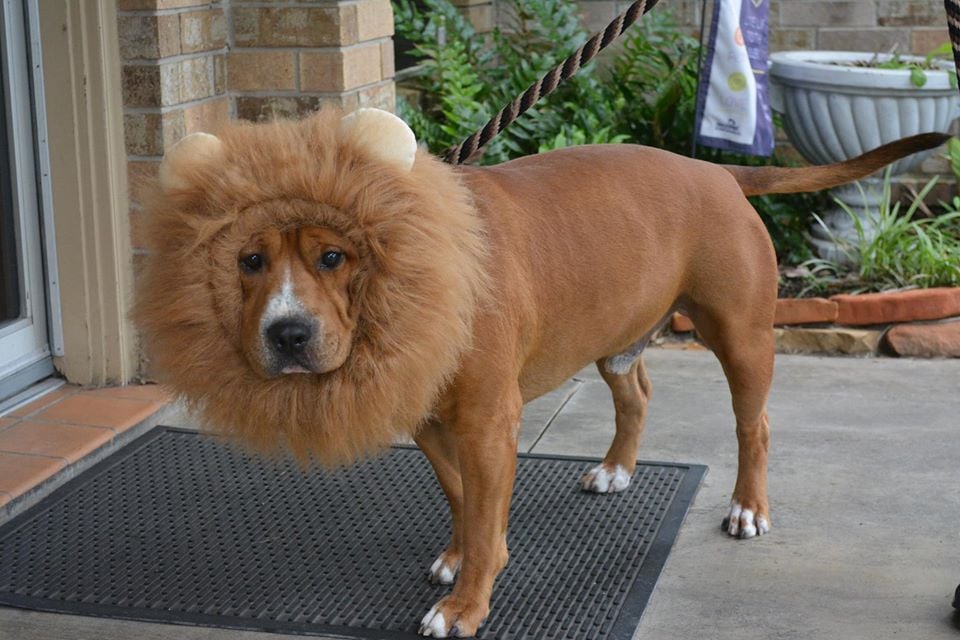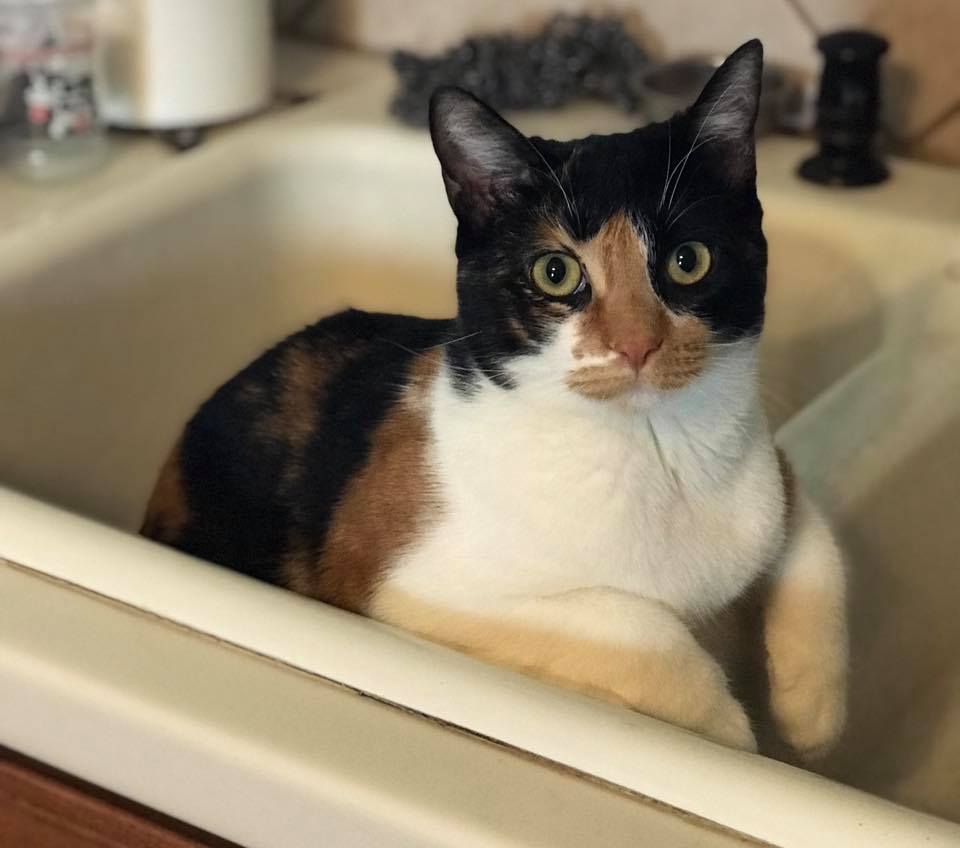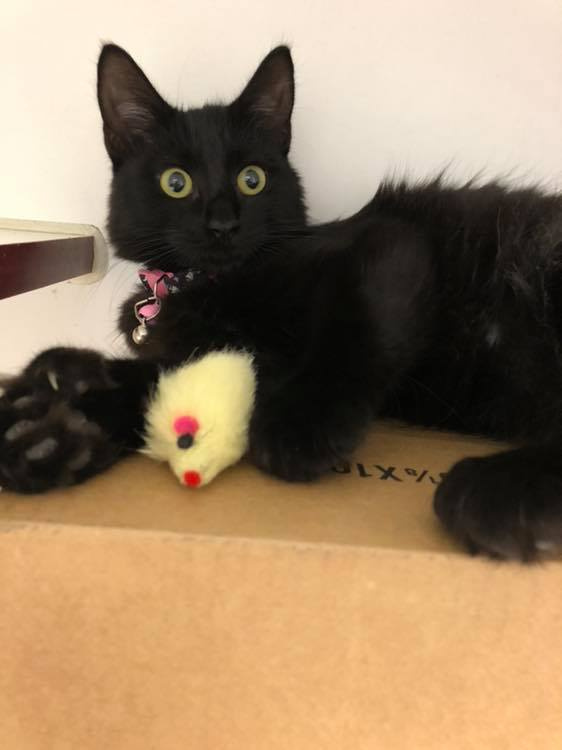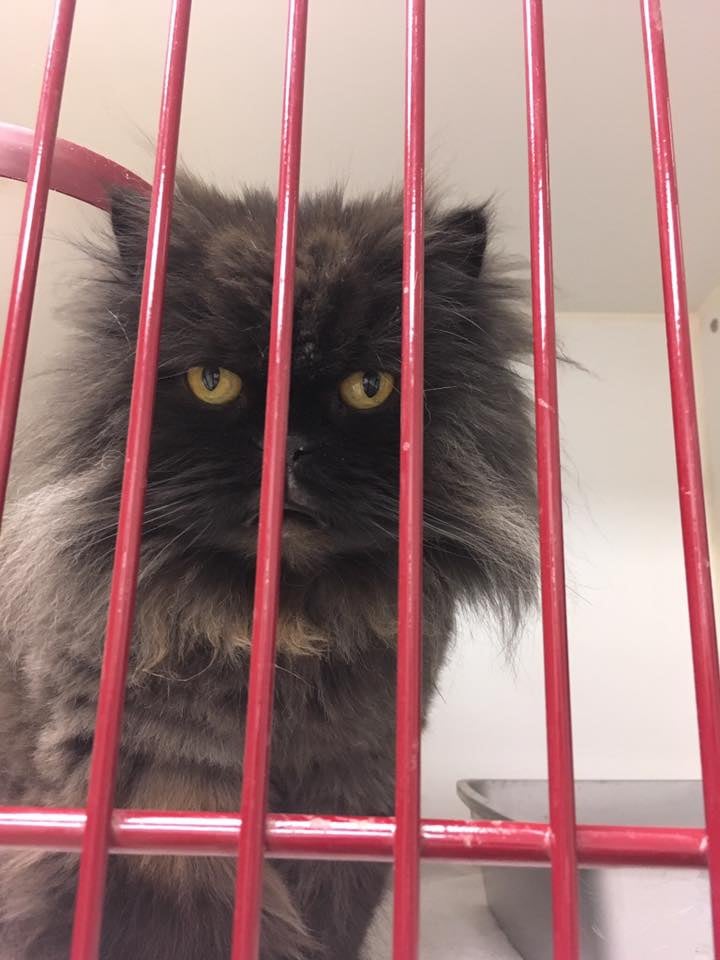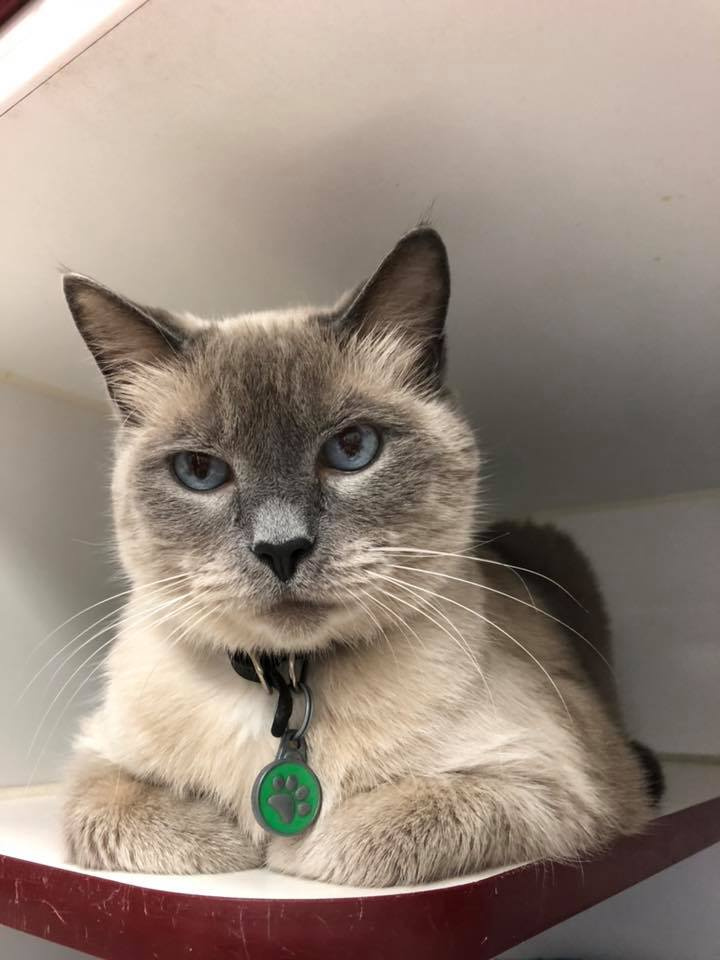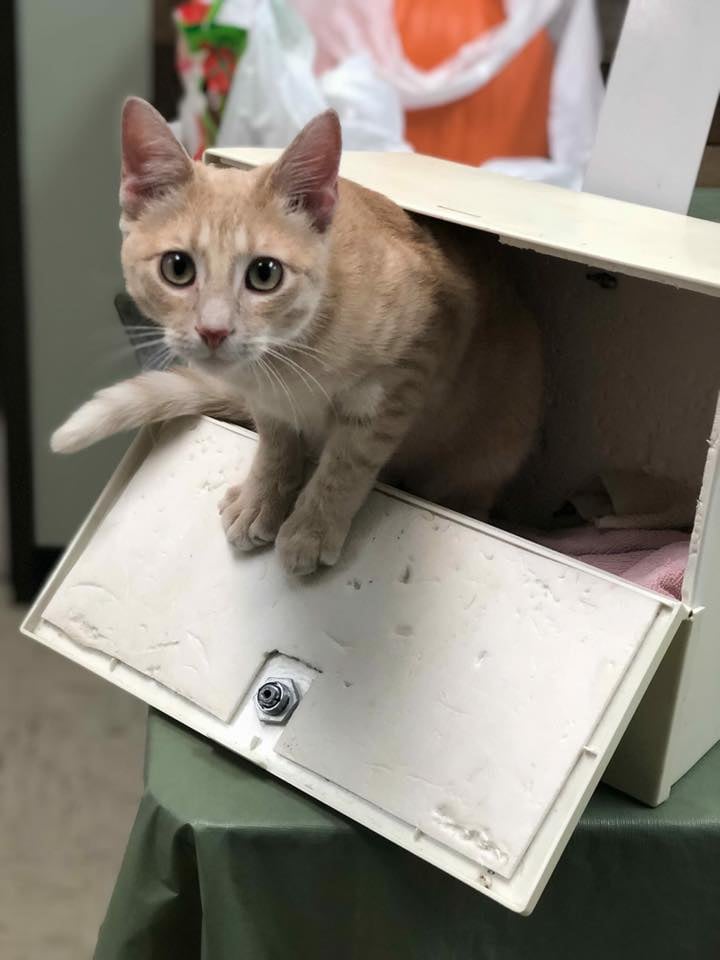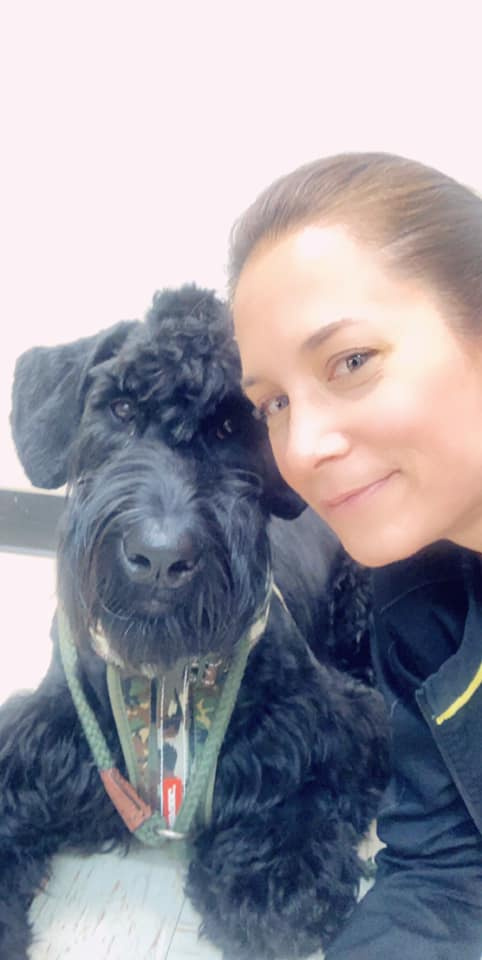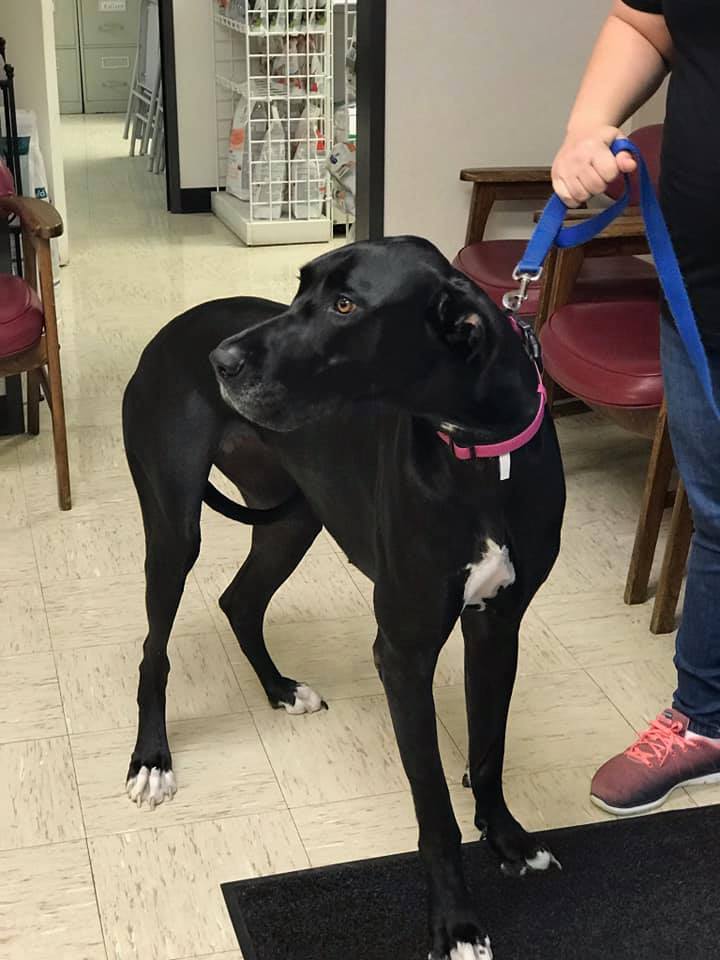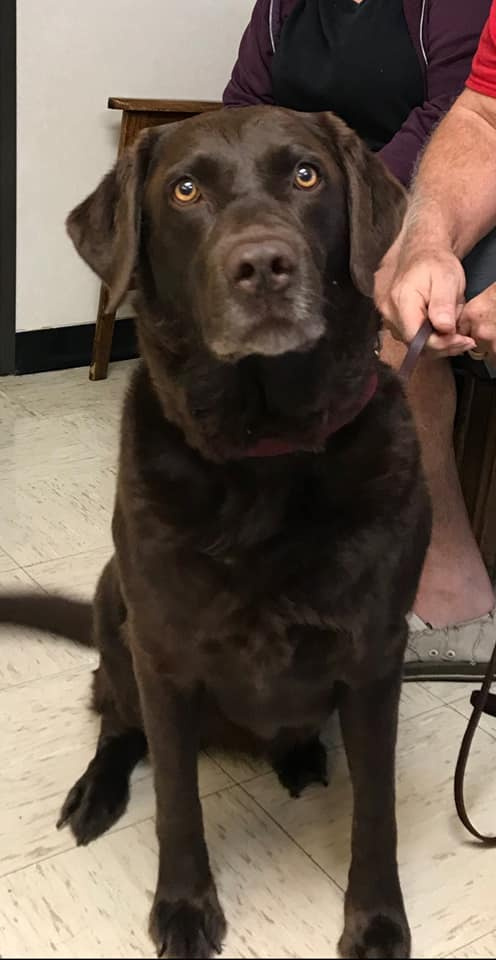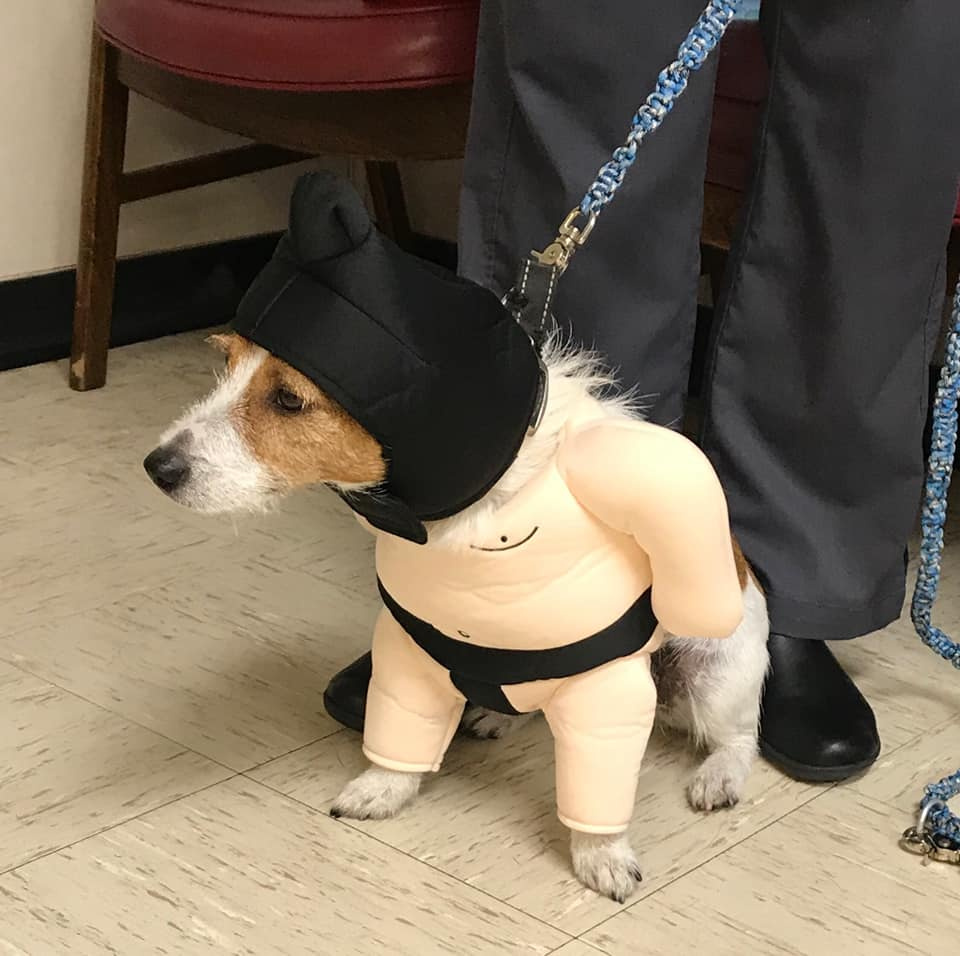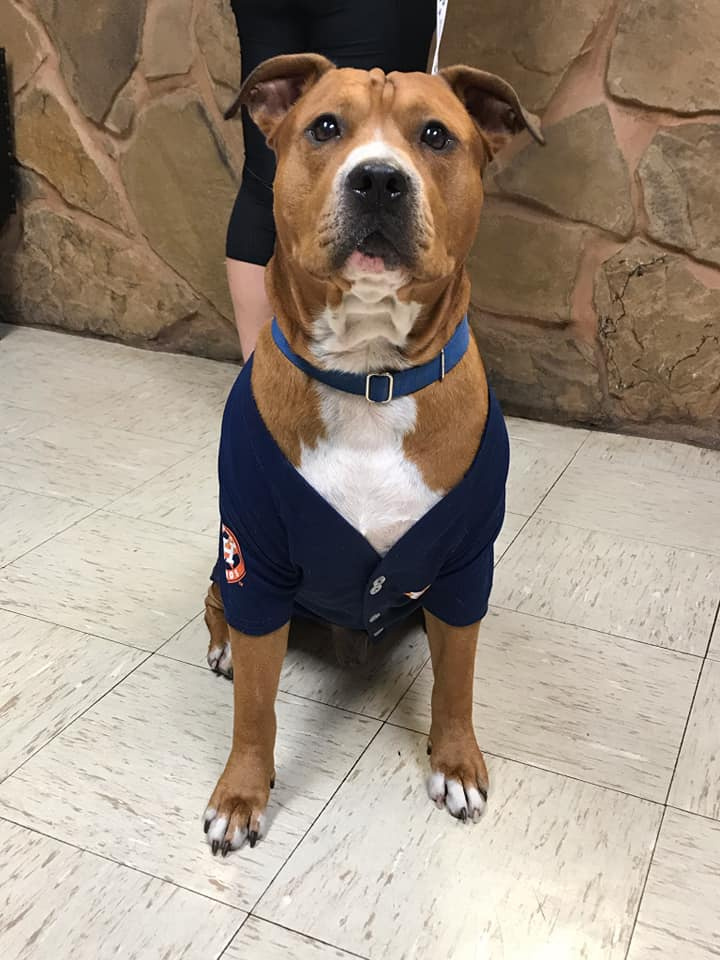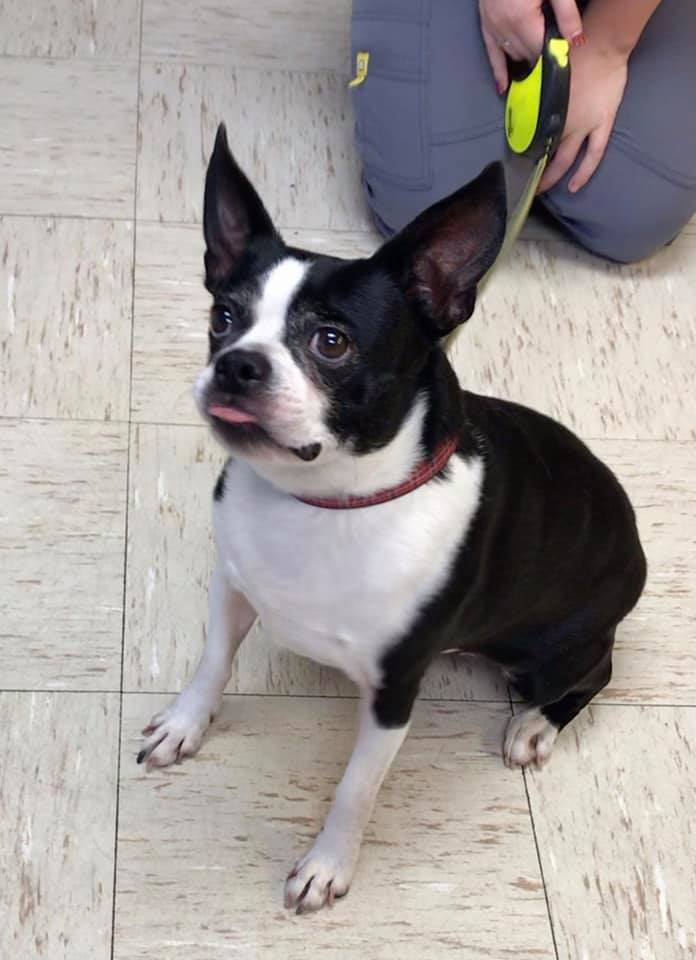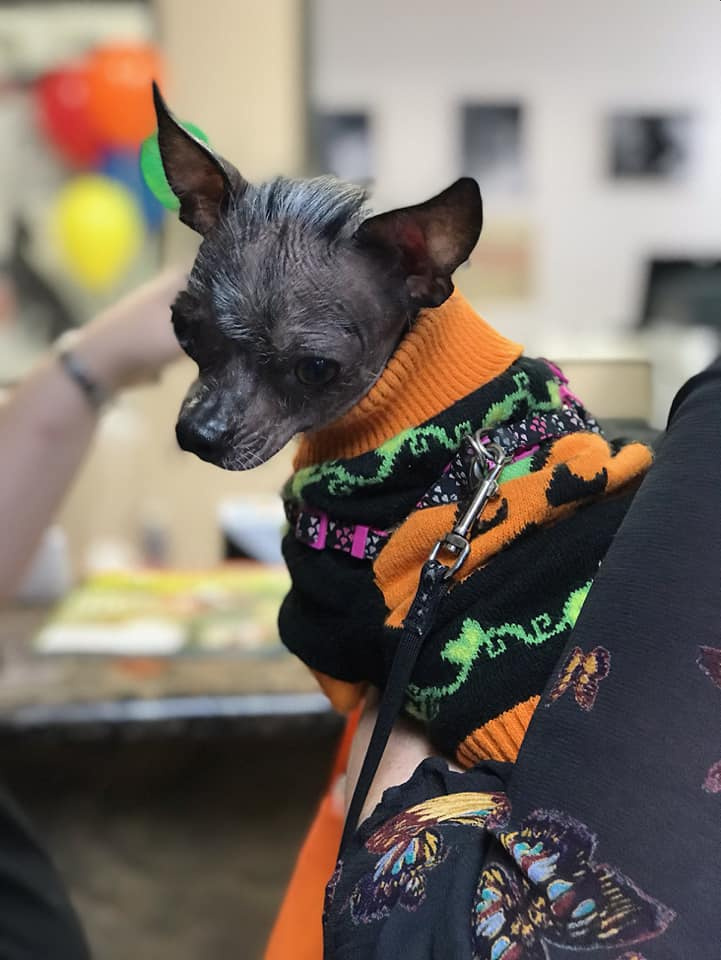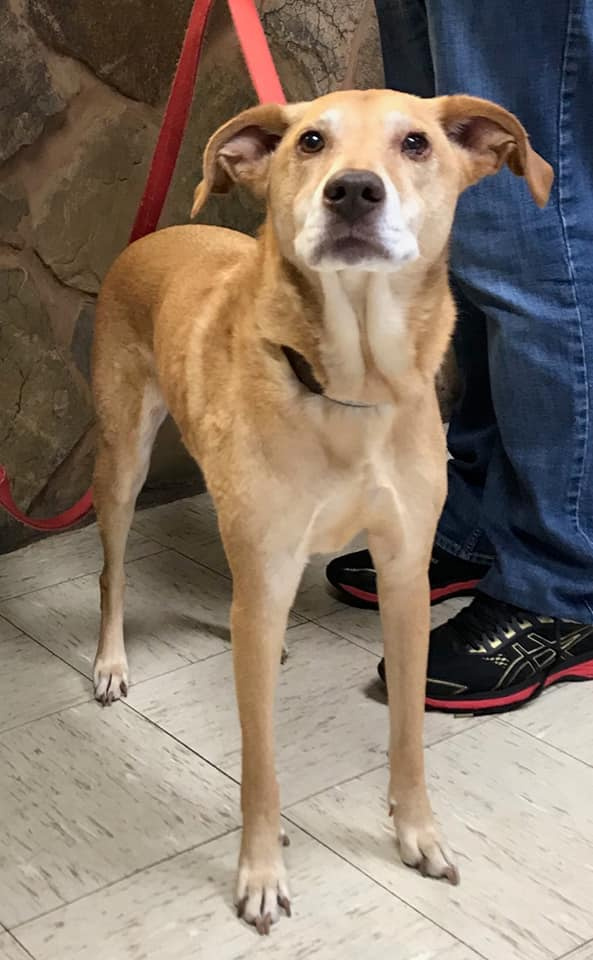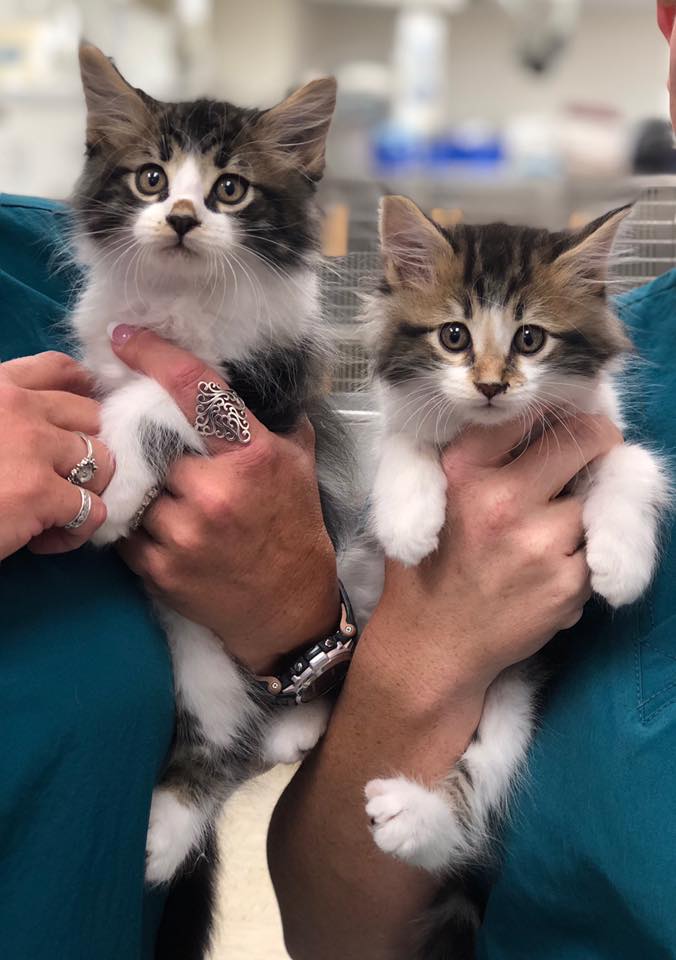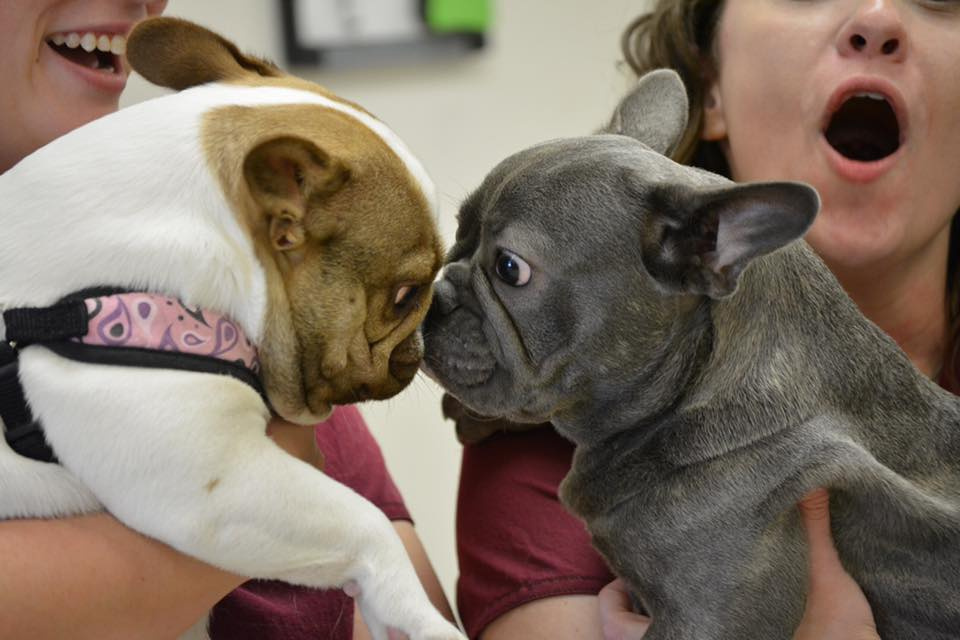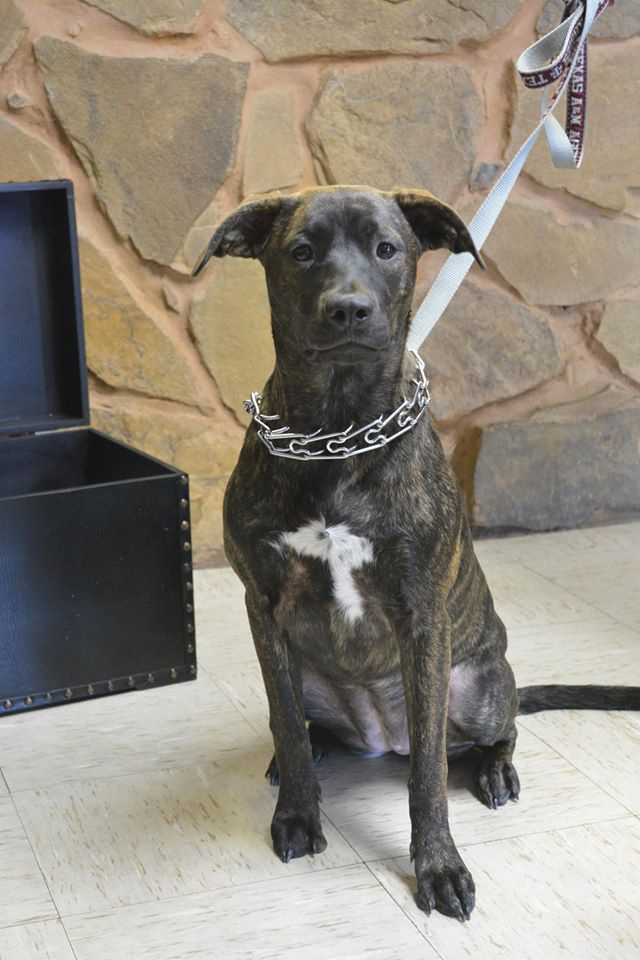Why Your Dog Is Throwing Up Bile and When To Worry
Aw, poor pup! Has your fluffy friend been leaving bile-y deposits around the house lately? While this is occasionally normal for our canine companions, sometimes it can be a sign of something more serious going on underneath all that fur.
Today let’s explore what's really going on when your dog is throwing up just bile, when it's cause for concern, and some tips for care that may help settle their stomach. Consider this your virtual hug and a shoulder to lean on while we tackle this together—your pooch will feel better in no time!

Common Causes Behind Bile Vomiting in Dogs
Understanding the triggers for bile vomiting is akin to decoding the language of your dog's well-being. These potential culprits shed light on various aspects of dog health:
Empty Stomach Woes: Prolonged periods without food can disrupt the normal functioning of the digestive system, leading to bile reflux and subsequent vomiting. Ensuring a regular feeding schedule helps mitigate this concern.
Dietary Disturbances: Sudden changes in diet, irregular feeding patterns, or the consumption of high-fat meals can act as catalysts for bile vomiting. Maintaining a consistent and well-balanced diet is pivotal in preventing such disturbances.
Gastrointestinal Quandaries: Underlying gastrointestinal issues, ranging from gastritis to
 inflammatory bowel disease (IBD) or parasitic infections, may manifest as bile vomiting. These conditions highlight the interconnected nature of digestive health and overall well-being.
inflammatory bowel disease (IBD) or parasitic infections, may manifest as bile vomiting. These conditions highlight the interconnected nature of digestive health and overall well-being.Medical Mavericks: Certain medical conditions, especially those affecting the liver or pancreas, can contribute to bile-related vomiting. Regular veterinary check-ups and diagnostic assessments become crucial for early detection and intervention.
Bile Duct Dilemmas: In rare instances, an obstruction in the bile duct can disrupt the normal flow of digestive juices, leading to the regurgitation of bile. While uncommon, this underscores the need for thorough examination in persistent cases of bile vomiting.
The Bile Color Wheel: Decoding the Hues
Understanding the color of your dog's vomit can provide additional insights into their health. Here's a quick guide to the bile color wheel:
1. Yellow or Green:
Common: Typically associated with bile, especially when the stomach is empty.
Concerning: Persistent yellow or green vomit may indicate underlying issues, such as gastritis or bile reflux.
2. Brown or Coffee Grounds:
Common: May result from partially digested food.
Concerning: Dark brown or resembling coffee grounds may suggest the presence of blood, warranting immediate veterinary attention.
3. White or Foam:
Common: Occurs when a dog vomits on an empty stomach.
Concerning: Consistent foamy vomit may indicate gastrointestinal distress and should be addressed with a vet.
4. Clear or Mucus-Like:
Common: Clear vomit may be related to excess saliva or mucus.
Concerning: If mucus persists or is accompanied by other symptoms, it may signal an underlying problem.
While the color of vomit can provide some clues, it's crucial to consider other factors like frequency, behavior, and accompanying symptoms. Always consult with a veterinarian for a comprehensive assessment of your dog's health.
Recognizing Red Flags: When to Worry
Deciphering the signals when your dog is throwing up is crucial for discerning normal from worrisome occurrences. While sporadic bile vomiting might not be cause for immediate concern, certain red flags should prompt a closer look:
- Frequent Vomiting Episodes: If your dog constantly experiences vomiting episodes over an extended period, it's a clear signal that something may be wrong. Regular occurrences warrant a thorough investigation into potential underlying issues.
- Alarming Symptoms: Lethargy, weakness, or noticeable changes in behavior serve as significant red flags. When your dog is throwing up, and also experiencing these symptoms, it indicates that the issue may be more than a passing upset stomach.
- Visible Signs of Distress: The presence of blood in vomit or stool is a cause for immediate concern. Such visible signs of distress warrant urgent attention, as they could be indicative of more serious health issues.
- Appetite Apathy: A sudden and significant loss of interest in food is a clear indicator that your dog is not feeling well. Changes in appetite, especially when coupled with vomiting, should be thoroughly evaluated by a veterinarian.
Homefront Strategies: Tips for Care at Home
For dogs with infrequent bile vomiting and overall good health, consider implementing these home care strategies:
Consistent Feeding Routines: Establishing a regular feeding schedule to prevent prolonged periods of an empty stomach.
Mindful Dietary Choices: Opt for a well-balanced and easily digestible diet, steering clear of sudden dietary changes.
Moderation is Key: Offer smaller, more frequent meals instead of a few large portions throughout the day.
Seeking Professional Insight: When to Consult a Vet
If your dog is throwing up and the vomiting persists or is accompanied by concerning symptoms, it's time to seek professional guidance from a veterinarian.
Entrust the health of your furry friend to the skilled professionals at Katy Vet Clinic. Our dedicated team is committed to providing personalized care and timely intervention for your beloved pet. Schedule an appointment today for comprehensive veterinary services and expert guidance on your dog's health.



